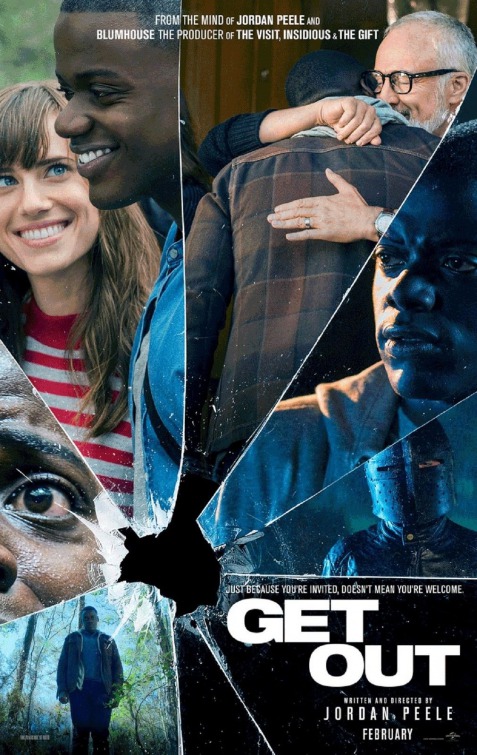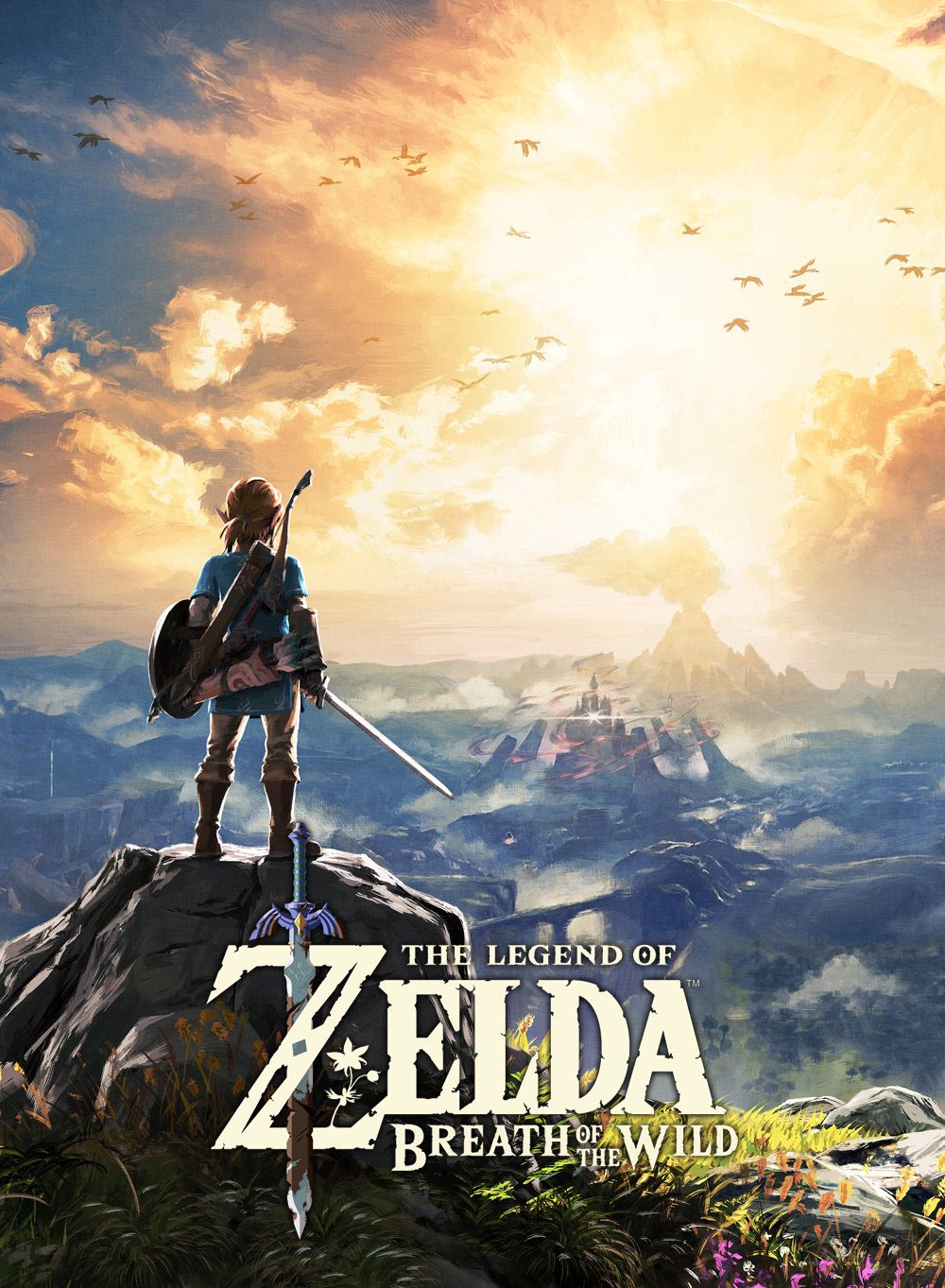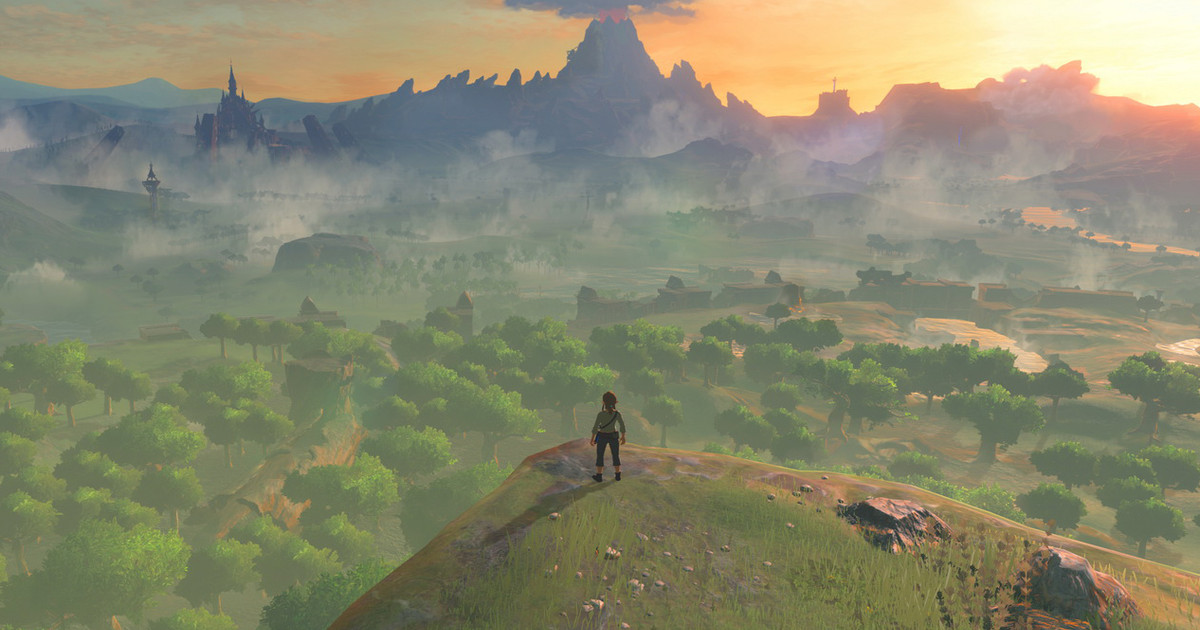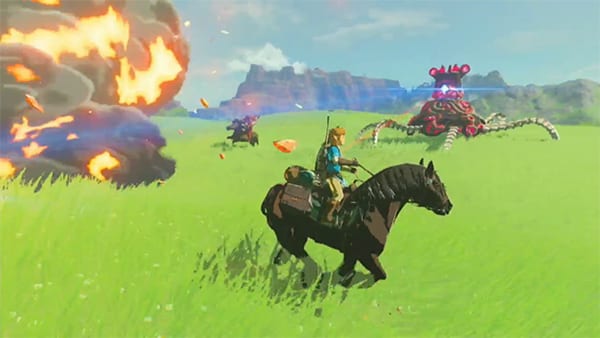Spoilers throughout
Two things to discuss before the review. 1) The original 1992 Disney film
Beauty & The Beast is an animated masterpiece. Based on … a tale as old as time (groan), the film has been the cornerstone of any child who grew up in the 90s. In fact, those who grew up with it in the 1990s are probably old enough to have children of their own now and the film’s legacy continues with each new generation. And 2) Disney’s recent crusade of remaking their classic films in live-action (starting with
Cinderella and
The Jungle Book). The focus is now shifting to the films from their much touted 1990s Renaissance. With live-action versions of
Mulan,
The Little Mermaid and
The Lion King (?) on the way, it seems Disney intends to milk nostalgia for as long as possible. And the first one out of the word works is
Beauty & The Beast, designed for a new generation – read as: nostalgic comfort food for adults who likely grew up with the original and a chance to share the story with a new generation of children. So, with
Beauty & The Beast, can Emma Watson and co. hope to match what is, in my opinion, a perfect film already? Strap on your seat-belts because I'm diving in.
So here's the thing. Disney remaking their classic films is fine - unless they can't present a unique spin on them. While I’m not the biggest fan of the critically acclaimed
Jungle Book, it at least tried to do things differently by sticking closer in tone to Rudyard Kipling’s tales. In fact, the more out of place elements were the call backs to the original film.
Beauty & The Beast, on the other hand, follows the same structure as the original film, it just does things … well, not as good…It does everything in its power to justify its existence, with some mildly successfully elements and a lot of not so successful…The story is one everyone knows: a young girl named Belle (Emma Watson) lives in a small provincial town in rural olden times France. She is bored of her life and seeks adventure, being somewhat of an oddball in the town (*gasps* she reads). After an accident, her father Maurice (Kevin Kline) becomes prisoner of the mysterious titular Beast (Dan Stevens) in a dark imposing castle. Belle agrees to swap places and must remain inside the castle. Once a handsome prince, Belle learns that the Beast shunned an enchantress disguised as an old crone and had a curse placed upon him. The curse is linked to a magical rose – if the Beast can't find love and be loved in return by the time the final petal falls, he will remain a Beast forever. Through initial misunderstandings, the two do begin to fall in love, with some help from the castle’s enchanted talking furniture and cutlery (another side-effect of the curse). However, a wedge is driven between them by schemes of town “hero” Gaston (Luke Evans), who wants to marry Belle, and his bumbling side-kick Le Fou (Josh Gad).

Remaking
Beauty & The Beauty (as based on the animated version) presents an interesting task. As many have pointed out in the years since the original’s release, the script has some holes in it. There's the timeline of proceedings (just how long does Belle’s dad spend wandering in those snowy woods?), the reasoning for imprisoning Belle’s father in the first place (he now steals a rose because … symbolism?), why the castle residents are cursed along with the Beast, why the Beast is able to turn back to being human and still not die from his fatal wounding by Gaston, and, of course, the infamous “Stockholm syndrome” theory (which I'm so sick of hearing as this can be easily dismissed by watching the film again – Belle only stays when the Beast starts acting nice towards her and when she sees her father in trouble, she runs). My reasoning is that it works on fairy tale logic. Yes, they are plot holes but the extreme details are not necessarily needed as the emotional storyline makes perfect sense. The character’s motives are clear and is beautifully played out in the film. My rule of thumb is this – if you don't mention it, your audience is likely not to think of it (an element I’ll discuss in further detail in my
Get Out review). Yet this remake is intent on filling these plot holes as modus operandi- its reason to exist.
I want to get a couple of things out of the way before I dive into an analysis of the characters as presented in the remake. Visually, the film is fine. The interior set design of the Beast’s castle and costumes are great – the art department clearly wanted to evoke that 18th century Marie Antoinette look, to make it feel more like a by-gone France. For the most part, I like it. It distinguishes it from the original whilst remaining familiar. It's a good balance. However, whenever we venture into blurry CGI land for the exteriors it doesn't look like as good. This is where is becomes apparent that the set-ups and editing of the shots aren’t great. They don't communicate in the way film language should and end up being a bit dull. That said, the songs sequences are great- the framing and editing does not always suit but these are still great songs and the staging is generally well-executed. These are just classic songs and it's fun hearing them in the cinema. There are a couple of pleasant new songs which try to add a new angle to the story. I would call these distractions as again they don't add much but … they sure are nice!

A few of the new elements actually do work. The townsfolk have had their memories erased, as part of The Enchantress’ curse, so they can't remember the Prince or the denizens of the castle. This makes some sense, as the castle residents presumably do have families in the town as previously no one questioned their disappearance. To make matters worse for Lumiere and co., the curse has an added nasty element for them – if the curse cannot be broken by the time the last petal falls they will remain inanimate objects forever. I'm not sure if this is in the original or if it's a small part but this new emphasis does add a more tragic backdrop to the proceedings. The Beast is not only trying to save himself but also his loyal servants. These are legit good changes and add a ticking time-bomb element to the story. Honestly, when approaching a remake, expanding the side-characters is a good angle to take. The re-imagining of Lumiere (Ewen McGregor), Cogsworth (Ian McKellen), Mrs. Potts (Emma Thompson) and Chip (Nathan Mack) as characters are generally good but the designs do not match the imagination of the original (something you can get away with in animation is a talking teapot – which does not translate well in live-action, as it's just plain creepy). The voice-acting though is uniformly excellent – Ewen McGregor does a pretty fun exaggerated French accent and Ian McKellen is fine as the stuffy Cogsworth, emphasising a more old British sergeant type. Another element I enjoyed was the re imagining of Belle’s dad. Kevin Kline turns in a fine performance, turning Belle’s father from a bumbling fool into a kind, caring and intelligent character, who has several tender moments with Belle. Their relationship feels real and the few moments of affection between them are the acting highlights of the film. The duo of Gaston and Le Fou is also surprisingly endearing. Josh Gad does imbue a lot of new personality in Le Fou and Luke Evans does his best to give Gaston the weight and gravitas his character did in the original. You could argue that the dominance and size of the character is lost from the animated version but overall it is a fun performance.
However, the other elements, to almost excuse the original, simply don't work and actively undermine the story. It adds too many elements when our main focus, Belle and the Beast, end up being a bit lost in the proceedings. The 90 minute original has been stretched to a near two-and-a-half hour run time. The additions actively work to bloat the story and don't amount to much as we are still following the exact same narrative arc. We don't need to know
why the Beast is so angry all the time and where this comes. His pain and anguish is made pretty clear in the original through excellent animation and subtle voice-acting. We discover that the Beast has daddy issues but this does not add anything to his character arc. We don't need to know why Belle is living in the village. She lives there with her crack-pot father and is the village oddball. Now we have extended backstory for Belle which again adds nothing to her character arc. And this is where the biggest crime of all occurs – there is zero chemistry between Belle and The Beast. Emma Watson turns in a fine, if slightly wooden, performance as Belle. She captures the eager book-worm and intelligence Belle had in the original but clearly struggles with the more comedic scenes. Dan Stevens does convey the Beast’s emotions well through the motion capture and offers a … unique vocal take on the character, which emphasises the bratty prince within as opposed to roaring monster of the original. The commanding presence the Beast once had is gone and is replaced by…well, a blander version. I think the intention was that they learn things about each other and this brings them closer together. Which is fine, don't get me wrong but this is not successfully weaved into the narrative and the lack of chemistry makes these scenes a bit of a bore. If you went into this with no knowledge of the original imagine how weird and forced the progress of their relationship comes across.

I'll admit that Belle's arc is not perfect in the original - it is not as strong as the Beast’s and she does fall into that old cliché of wanting *looks distantly out of the window*more. However, this is made up for by a strong personality and individualism. Belle is a great character through her words and actions. The studio’s attempt to apply a feminist take on Belle is admirable but ultimately doesn't amount to much (I also feel the same way about the LGBTQ element, which again doesn't add anything outside of advertising). There is an old debate amongst feminist writers about whether a character actively needs to just be a good character or needs to be actively fighting against the patriarchy to be considered a feminist character. I would argue that Belle is a great feminist character, if you even want to apply that reading. She is strongly independent, is keenly happy in her own world, she has conversations and interests outside of the main male character and voices her own opinion and has clear agency in the story. She is simply a great character, even if her arc is not as satisfying as the Beast’s. The filmmaker’s intent on adding a feminist angle on Belle, as per the press-releases, never really works. Sure, she makes a washing machine using her ingenuity and she teaches a young girl how to read. But this raises more questions – if you are doing a feminist reinterpretation of Belle, then why isn't she questioning why she has to do the laundry in the first place. Outside of this, they follow beat for beat the original character arc, which already touched upon concepts of patriarchy and sexism. Just have great female and LGBTQ characters – Disney seems fine of not making a big deal about this in its animated films. So if you went in expecting a great feminist take on Belle or a strong LGTBQ character who is part of the mix (for a better example, see Mitch from Paranorman, who is revealed to have a boyfriend at the end of the film meaning we have been judging him purely based on his character as opposed to his sexuality) then you've been punked.
To cap it all, the emotional finishing point is completely undermined by the film’s tireless attempts to cover up all the plot holes. The
How It Should Have Ended Series? is fun and often very clever at pointing out plot holes in films. In fact their
Beauty & The Beast one is very funny and highlights how the Beast would not be able to survive the fatal wounding by Gaston. However, I’m sure they would be first to say (along with the makers of
Everything Wrong With…) that plot holes do not always matter and should not be a judging point for a work of art. Every story has plot holes. As long as it does not actively undermine the motives and emotions of our characters and narrative, then they’re fine. However,
Beauty & The Beast’s reactionary approach at covering the holes in the script actively ruins the ending. Let me set the scene from the original. The Beast has been fatally wounded by Gaston’s arrow. He is knocking on heaven’s door. In this moment, Belle realises she loves the Beast. In a powerful moment, when all hope seems lost as the final petal falls, the spell is suddenly lifted. The Beast transforms back into being a human and the two live happily ever after. The important thing is that it's Belle and the Beast’s mutual love for each other that breaks the spell. They accomplish the goal together. In the new film, the same set up happens, only this time the Enchantress turns up out of no-where. Seeing Belle mumbling to herself and crying, the Enchantress decides now is the time to lift the curse and heal the Beast’s wounds. It is The Enchantress’ choice to the break the curse. The goal is not accomplished by the couple. She doesn't know how genuine Belle is (at least, as interpreted by Emma Watson’s performance). It's like if at the end of
The Lion King, Simba fought Scar but it's Rafiki who kicked the villain off Pride Rock. The emotional arc is undermined completely. And this is where
Beauty & The Beast really fails.
Honestly, I could go on and on about all the nit picky elements that I didn't enjoy (the sub-plot with Gaston and Maurice, Le Fou’s incredibly forced turn to good, the non-sensical re-design of Lumiere’s girlfriend etc.) but this review/analysis is long enough as it is and it's the important character development, technique and undermining of the narrative I wanted to highlight. I would love to one day compare scenes from the original to the remake and illustrate the power of film language. For the original used all the tricks in the book to tell a larger than life story through brilliant mise-en-scene, great atmosphere, background art, now iconic music and wonderful animation. Think of the shadows, danger and suspense of creeping around the corridors in the original or the emotional climax on the rooftop in the pouring rain. Now compare those same scenes in the remake and the power is lost. This is where the original’s economic filmmaking versus the remake’s stale and uninteresting look becomes apparent. Some might say it's not fair comparing the remake to the original so much but honestly I think it is in this instance. The film so closely mirrors the original, almost shot for shot, line by line at times that comparison is fair.
Beauty & The Beast adds nothing new to the story and bloats it into an unsatisfying film. Call it nostalgia but the original is an excellent film. I would be up for reimagining, a different take on a classic story, but all the new elements added to the remake can't shake how reverent it is to the original. It simply don't justify its existence and actively undermines the story.
I'm done. Sorry if I've offended any childhoods or nostalgic trips to the cinema. The film is fine. Children and general audiences will probably enjoy it ok. It just infuriated me.
Rating: 5/10
As a side note, I watched this in 3D. We had our evening scheduled to fit this in before a late night screening of the new social horror film
Get Out not realising until moments before it was in 3D. My usual complaints about 3D stand: blurry image, little imagination in the 3D photography and a dimmed picture. There were a couple moments that stood out in
Beauty & The Beast but nothing spectacular. Stick to the 2D one if you can. Or just watch the original one at home.
















